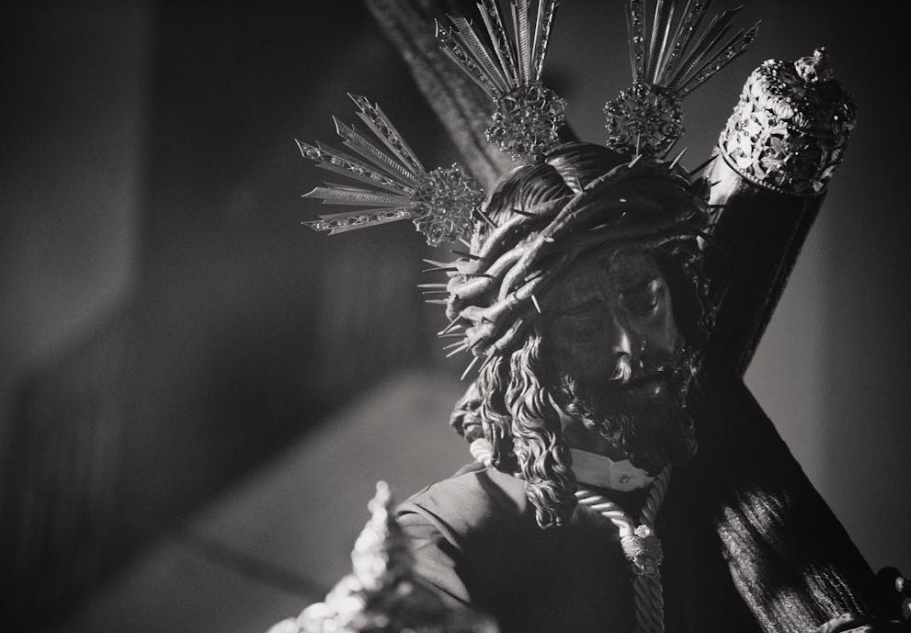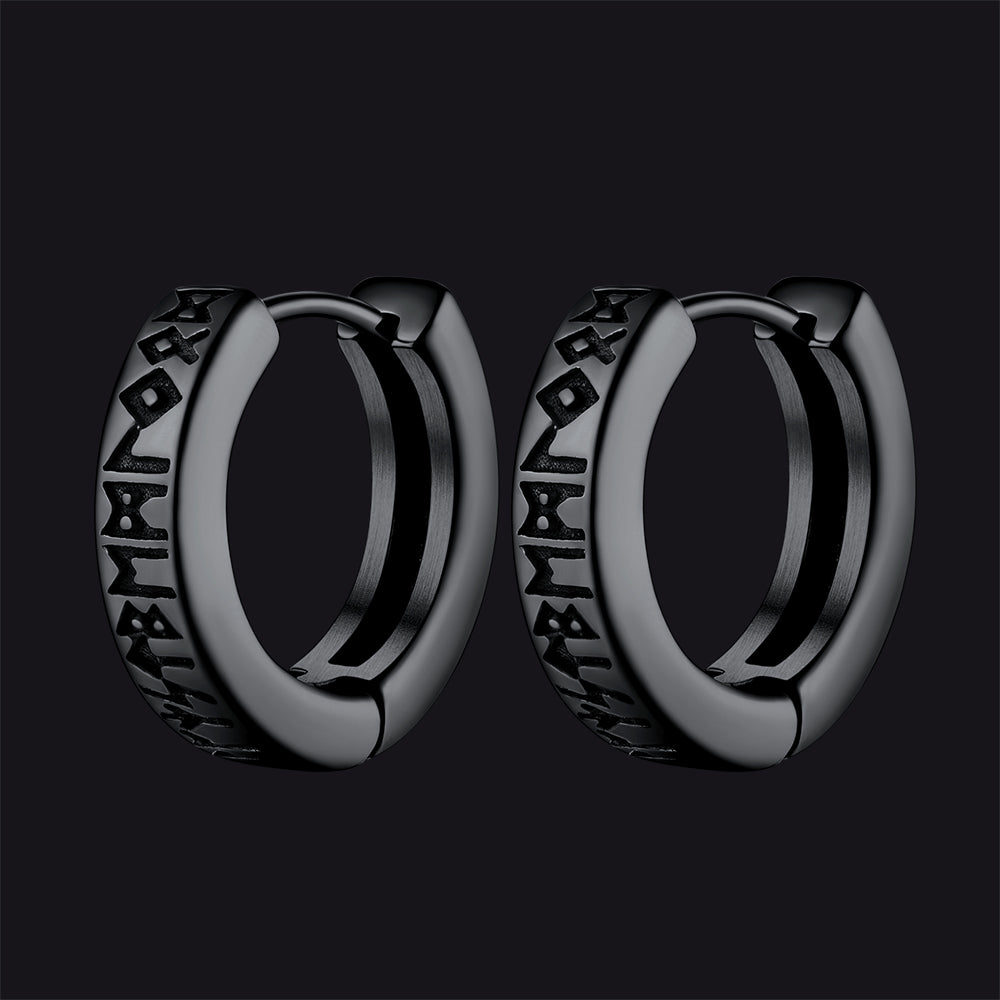The Symbolism and Significance of Jesus’ Crown of Thorns
The image of Jesus Christ wearing a crown of thorns is one of the most powerful and enduring symbols in Christianity. It evokes deep reverence and reflection, symbolizing the immense sacrifice and suffering that Jesus endured for humanity. But beyond the imagery, the crown of thorns carries profound theological and spiritual meanings that have resonated with believers for centuries. In this blog, we’ll explore the history, symbolism, and impact of Jesus’ crown of thorns, shedding light on its significance in Christian tradition.

The Historical Context of the Crown of Thorns
According to the Gospels, the crown of thorns was placed on Jesus’ head by Roman soldiers during His Passion as a cruel form of mockery. It was meant to ridicule His claim of being the "King of the Jews." This painful and humiliating act took place just before the crucifixion, after Jesus had been scourged. The crown was made of sharp thorns woven together, piercing His scalp and causing intense pain.
This act was not just a physical torment but also a way for the Romans to degrade Jesus in front of the crowd, turning the idea of kingship into a source of scorn. However, what the soldiers intended as an act of mockery became, in Christian tradition, a symbol of Jesus' kingship and divine love for humanity.
The Symbolism of the Crown of Thorns
The crown of thorns carries rich symbolism, deeply rooted in the Christian faith. It serves as a powerful representation of the suffering that Jesus willingly endured to redeem mankind. The sharp thorns, which caused pain and bleeding, symbolize the sins of humanity that Jesus bore on His shoulders. In enduring this suffering, He demonstrated the ultimate act of love and self-sacrifice.
Moreover, the crown signifies the paradox of Christ’s kingship: though He was mocked as a false king, the crown of thorns became a symbol of His true, spiritual reign. It reflects the humility of Jesus, who chose to suffer in silence rather than respond to His tormentors. The crown of thorns is thus a symbol of both suffering and victory, reminding Christians of the triumph of Jesus over sin and death through His crucifixion and resurrection.
The Crown of Thorns in Art and Devotion
Throughout history, the image of Jesus wearing the crown of thorns has been a central theme in Christian art. Paintings, sculptures, and stained glass windows depict this poignant moment of the Passion, capturing the intensity of Jesus’ sacrifice. Many devout Christians find solace in meditating on this symbol, as it brings to mind the depth of God’s love.
In the Christian tradition, the crown of thorns has also inspired the creation of religious jewelry, particularly pendants and rings. These pieces serve as a personal reminder of faith, humility, and the enduring love of Christ. Wearing jewelry that depicts the crown of thorns is a way for believers to keep the memory of Jesus' sacrifice close to their hearts.


In modern times, reflecting on the crown of thorns can offer solace and inspiration, especially in moments of suffering or personal struggle. It symbolizes that, just as Jesus overcame His trials, believers too can find strength and hope through their faith.
Conclusion
The crown of thorns worn by Jesus is a powerful symbol that has transcended time, touching the hearts of millions of believers. It represents not only the pain and suffering of Jesus during His crucifixion but also His boundless love, humility, and kingship. Whether reflected in religious art, jewelry, or personal meditation, the crown of thorns remains a timeless reminder of the profound sacrifice that lies at the heart of Christianity.



